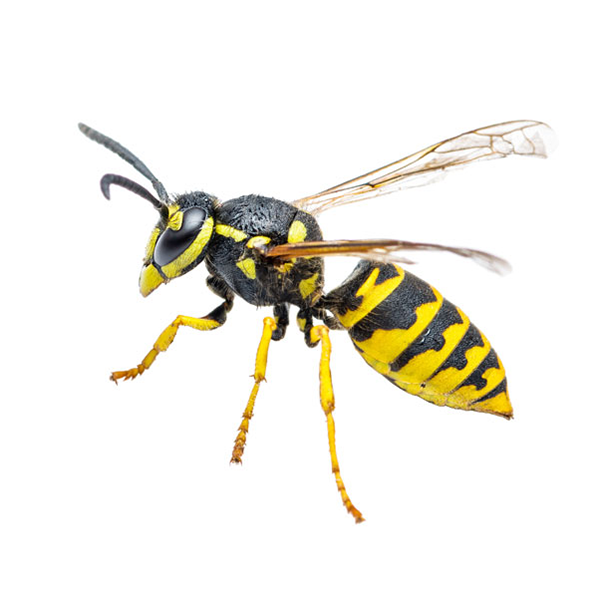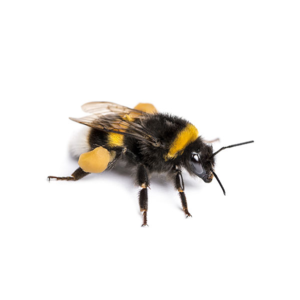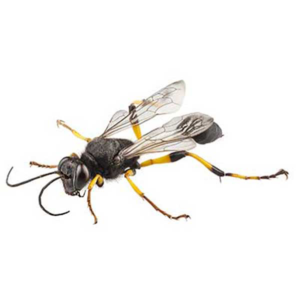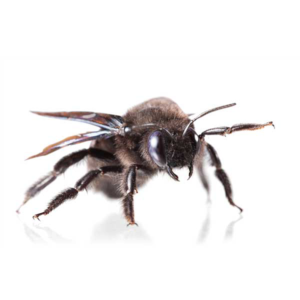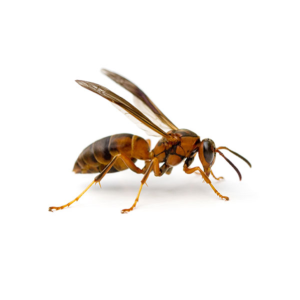Yellowjackets in Salina
Found throughout Salina and the rest of the United States, yellowjackets are the most infamous wasps. They live in colonies with thousands of individuals and opportunistically nest in structural voids, attics, and cavities associated with landscaping features. Adult yellowjackets feed mainly on fruit juices and other sweet liquid materials, whereas larvae are fed bits of soft-bodied insects like caterpillars and flies. Yellowjackets are highly aggressive, especially as food becomes more scarce in the fall.
Yellowjacket Habitat
Yellowjackets can be divided into subcategories. Some are ground nesters, using old rodent burrows. Others are aerial nesters, with nests found in leafy branches, shrubs, and structures. Occasionally, the nest may be constructed on the side of a building, in wall voids, under eaves, crawlspaces, and attics. The entrance of the nest is normally a hole located at the bottom. Aerial nesters especially are extremely defensive when their nests are disturbed. Locating the nest, through observing flight patterns, is essential to eliminate them.
Yellowjacket Behaviors, Threats, or Dangers
Although yellowjackets can be highly aggressive, in most cases, they will probably leave you alone unless their nest is threatened. Yellowjacket stings pose a more serious threat to humans than bees because they can sting repeatedly. Some individuals may experience allergic reactions and should seek medical attention when stung. Sometimes yellowjackets living in wall voids chew through drywall and enter the structure. This is one of many reasons why, if you spot a yellowjacket nest, you should always contact a licensed wasp removal expert for help.

